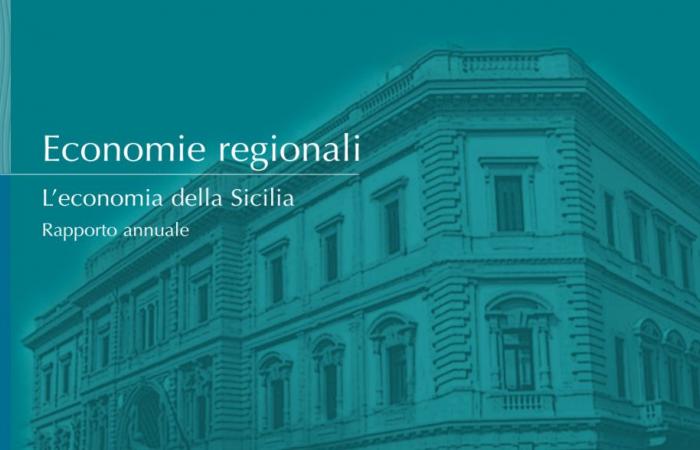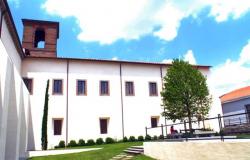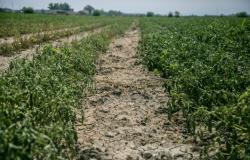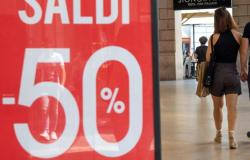In 2023 theeconomic activity in Sicily she grew up, but at very slow pace and lower than those of the previous year. According to the quarterly indicator of regional economy (ITER), the product increased by 0.7 percent, slightly lower than the Italian GDP. THE signs of recovery that had manifested themselves in the first trimester have attenuated in the following months. According to the qualitative indications collected, economic growth would also be modest in the current year. This is what we read in the report of Bank of Italy on the economy of Sicily in 2023.
The companies
Added value has decreased in theagriculture and in theindustryslowed down in the buildings and in the services. Primary sector production has been affected by the climatic anomalies that have characterized 2023. In industry, the persistence of a weak economic situation and the high cost of credit have slowed down investments by Sicilian companies. Theexpansion of electricity production capacity from renewable sources. The exports decreased both for petroleum products and for all other sectors. Although decelerating, activity remained at high levels in thebuildingstill benefiting from the stimulus deriving from tax incentives as well as from the demand coming from the public operator.
Some positive results for businesses
L’weakening of consumption was reflected in the performance of private non-financial services, whose dynamics were however supported by the positive results of turismo and of the transport air and maritime. Despite the cyclical slowdown and the increase in the cost of credit, a high share of companies achieved positive earnings results. This supported the accumulation of liquid assets, which reached a historic peak at the end of 2023. financing to the production sector were in decline, affected by the reduction in demand, in a context of greater caution in the banks’ supply policies.
The job market
The expansion ofoccupation it also continued in 2023, to a more intense extent than the previous year. The growth mainly affected employed workers. In the private sector, the creation of new job positions was mainly supported by the a component indefinite period. Employment levels were higher than those of 2019. As in 2022, the increase in the employment rate was particularly high for individuals between 25 and 34 years and at the same time there was a new significant decline in the incidence, among young people aged 15 to 34, of those who are not employed, not studying and not attending training courses. In 2023 the activity rate has increased again. The strong decline in the resident population in the region projected for the next twenty years based on the latest demographic forecasts could have a negative impact on the evolution of the job offer. Greater participation of donnestill particularly limited in Sicily, could partially offset its effects.
Families in the Sicilian economy for Bank of Italy
In 2023 the income at current values of Sicilian families has increased, supported by the expansion of employment. Theinflation has however determined a substantial stationarity in real terms. The dynamics of the consumptionwhich returned to pre-pandemic values, has weakened significantly. The financial wealthincreased by the additional accumulation of savings during the pandemic Covid-19, following the rise in interest rates, was characterized by a recomposition in favor of more profitable forms of investment. During 2023 the growth of loans to families has significantly attenuated, due to the lower demand for mortgages for the purchase of homes. Consumer credit, however, continued to expand at a rapid pace, also favored by the expansion in the number of borrowers.
The credit market
The growth of loans to the private sector non-financial during 2023 has progressively weakened until it stops. The indicators of credit risk, explain the Bank of Italy experts in the report on the economy of Sicily, which in 2022 had reached very low values, have highlighted some signs of worsening. For families, the flow of new non-performing loans increased. For the production sector the incidence has increased among loans in goodsof those who have recorded a delay in reimbursements. The rationalization of the banks’ distribution structure continued and the number of municipalities served by branches was reduced. At the same time, the use of telematic channels by customers.
Decentralized public finance
The Sicilian territorial authorities’ expenses have increased, mainly for the contribution of the capital account component. Investment spending was driven by the resources made available under the National Recovery and Resilience Plan (PNRR). The Plan’s interventions focus on ecological transition and on the infrastructure for the sustainable mobility. The Sicilian Municipalities, which are the main implementing bodies of the measures together with the national operators, despite the increase in IT investments, present a degree of digitalization in terms of services offered lower than the Italian average. The revenues of Sicilian territorial bodies have further increased compared to the previous year, but difficulties related to the processes of collection. Overall, the financial conditions of the institutions, although improving, remain fragile.






